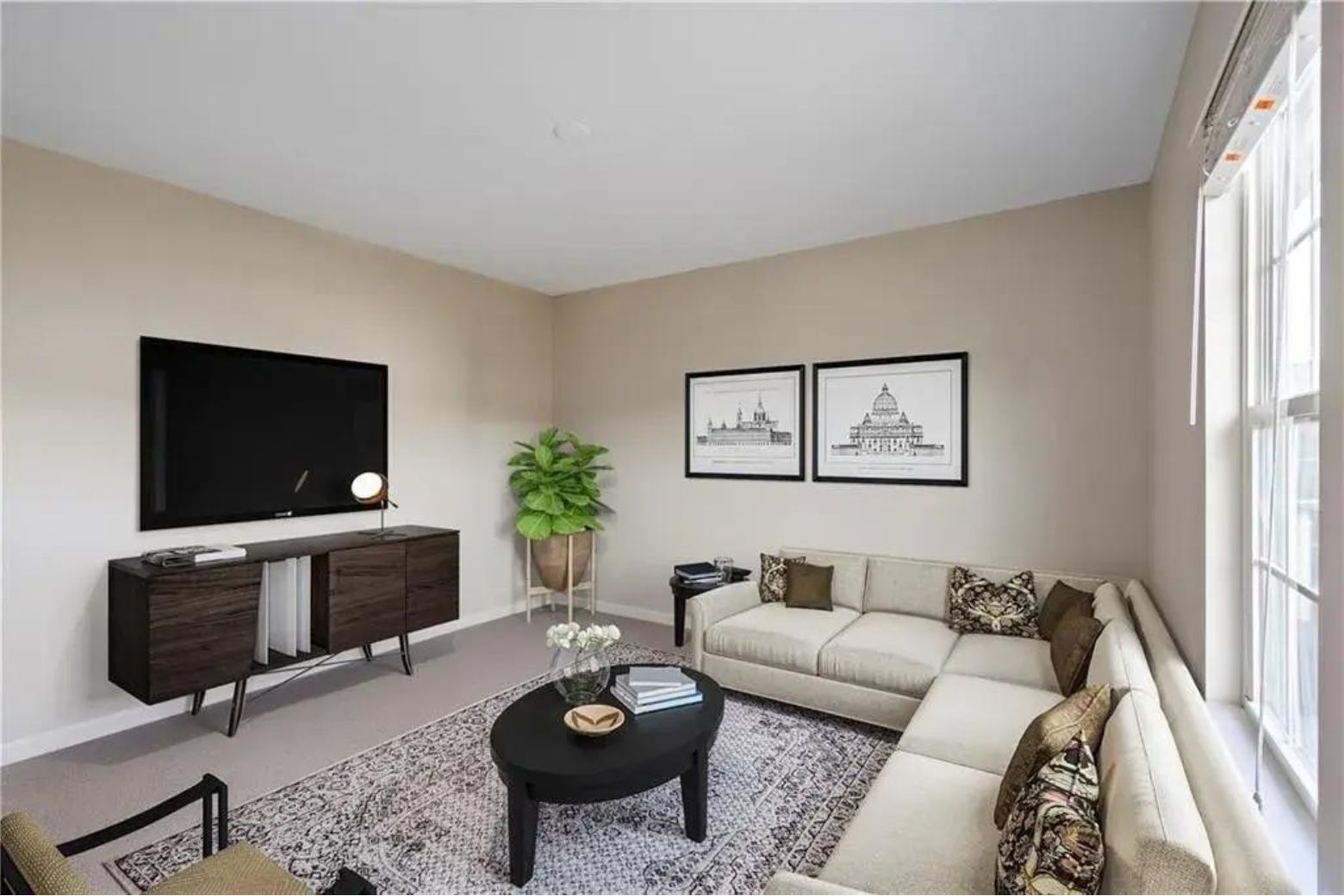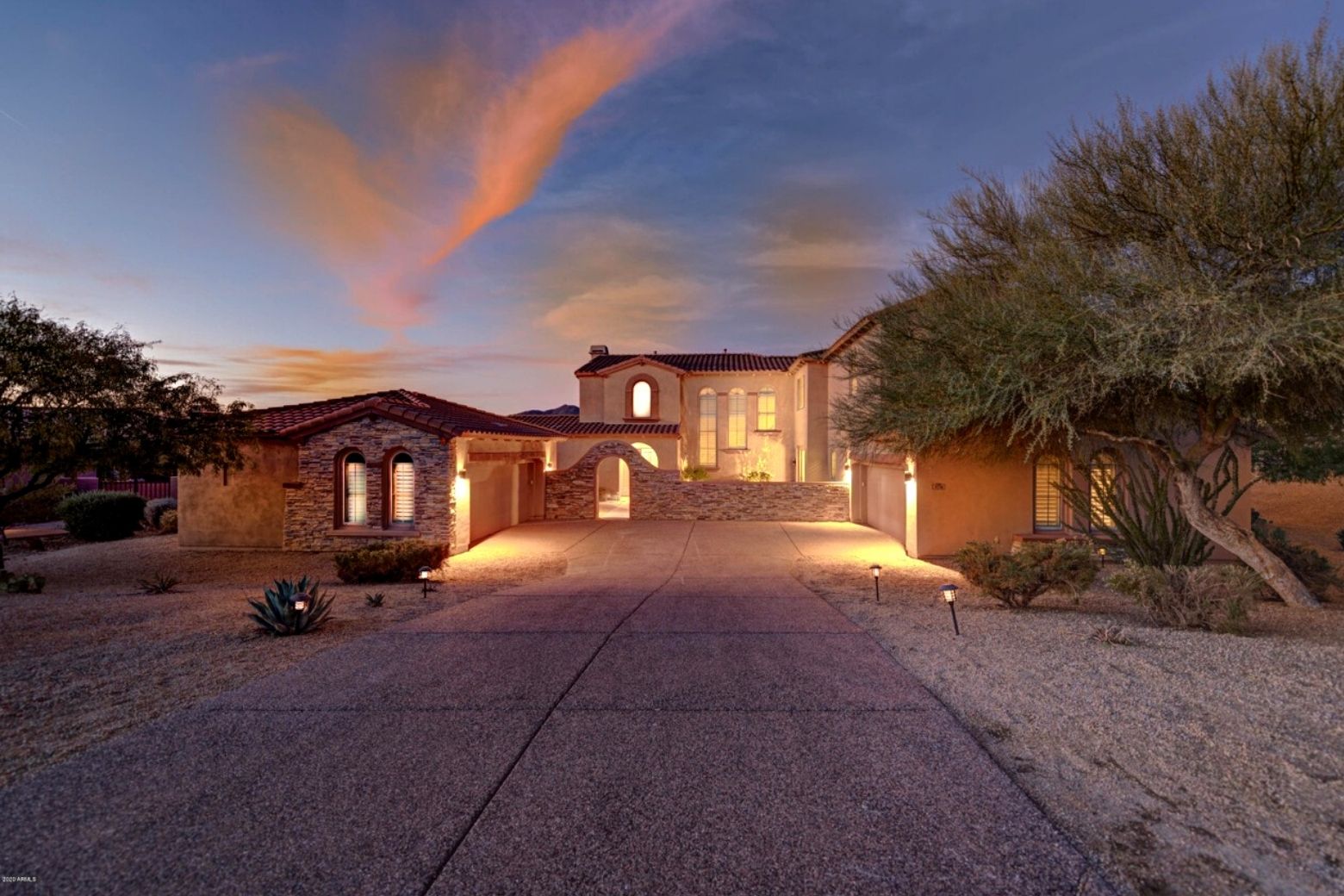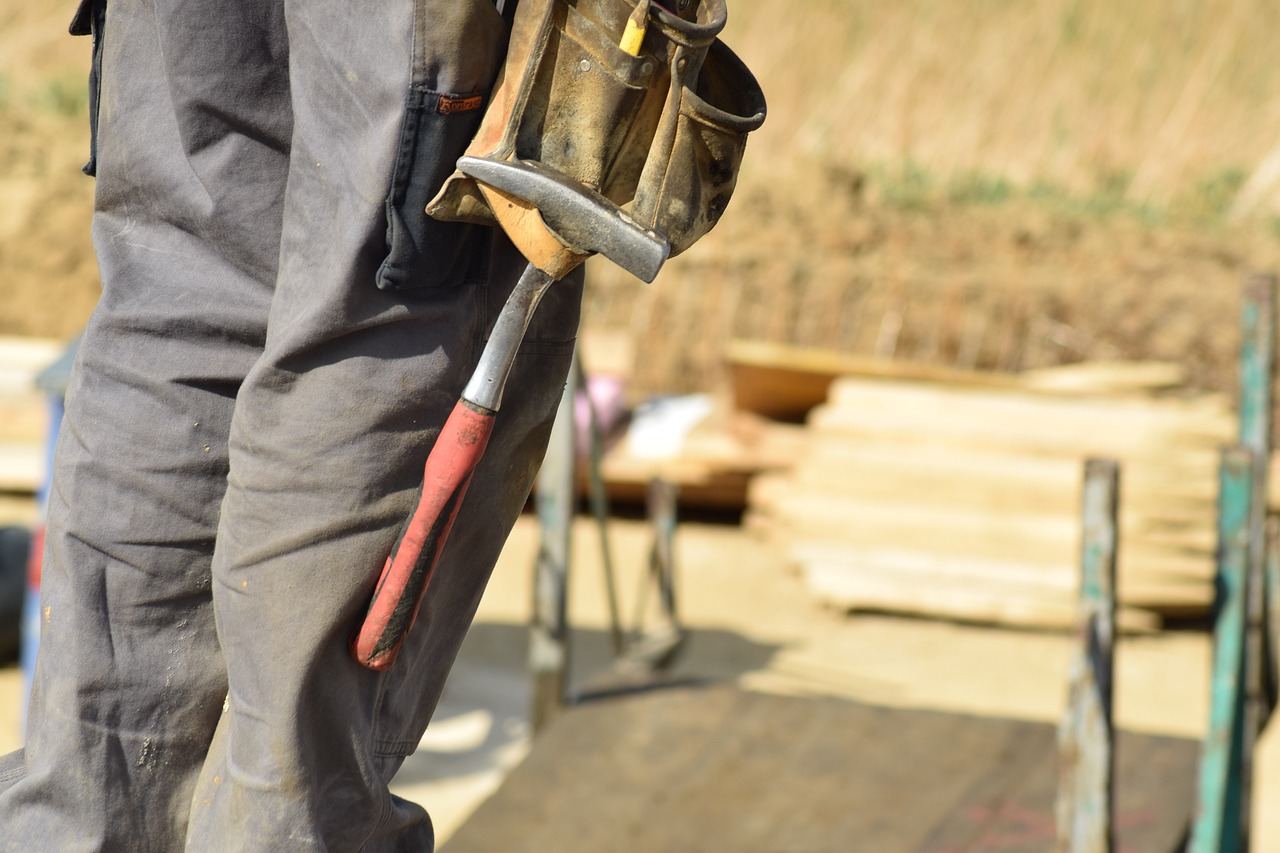The Skilled Labor Shortage
What is Virtual Staging: Pros, Cons, & How it Compares to Real Staging


When a home is put on the market, it should look its best, so it sells at the highest price. Staging helps homes elevate their look as well as make a memorable impression on buyers. While traditional staging involves physically setting up a room with an aesthetically pleasing layout and modern décor, there are other ways of staging that are on the rise.
What is Virtual Staging?
Virtual staging is the process of digitally dressing up a room to increase its aesthetic and appeal to buyers. It is essentially photoshopping your home and can involve adding furniture, updating the layout of the room, and positioning décor. These virtually staged photos will typically be found on the digital listing for buyers who are searching for a home online and can improve a listing’s digital curb appeal.
Pros and Cons of Virtual Staging
Virtual staging homes is on the rise. While popular, this new approach to staging has both some benefits and drawbacks.
Pros
Lower price — The biggest benefit of virtual staging tends to be the lower price. In general, virtual staging is significantly cheaper than traditional home staging. It may only cost a few hundred dollars to virtually stage a home versus a few thousand dollars.1
Convenience — Another pro to virtual home staging is the level of convenience. Clearing out a room and cleaning it before new furniture is moved in can be a hassle, especially for people still living in their house. Some virtual stagers can still do their work with a photo of a room with its current furnishings.
Cons
While there are some virtual staging benefits, it is not all good. There are several downfalls to virtual home staging as well.
No change in-person — When you virtually stage a home, these design updates are only available online. As a result, the magic of staging disappears for in-person showings or open houses that often matter the most when you are trying to close the deal.
Can be misleading — Another con of virtual staging is that it can seem misleading. Buyers searching online discover a beautiful home with modern style and designs only to walk into an empty house that lacks the same wow factor in person. This drastic change in appearance can leave them feeling deceived and disappointed. Consequently, they may walk away instead of making an offer.
Quality varies — Many people advertise their virtual staging services, but not all of these providers are created equal. Poor digital staging can result in unprofessional or shoddy work that can quickly have people clicking away without giving the listing a second thought.
Virtual Staging vs. Real Staging
While both means of staging focus on uplifting the look of a room, they are also vastly different, and each has its own set of pros and cons.
The biggest difference between virtual home staging versus real staging is how the house looks in person. Virtual staging only translates to online photos. On the other hand, traditional staging involves physically setting up the room so the results can be seen in person as well as online through photos. This in-person component can be a big factor in getting buyers to make an offer, or a higher one.
The perception of virtual room staging versus real staging is also different. Most buyers prefer real staging to virtual home staging. According to a survey of buyers’ agents, 20% cited traditional physical staging as “much more important” to their clients when comparing it to photos, videos, virtual tours, and virtual staging. In fact, virtual staging had the smallest percentage of agents cite it “as much more important” of all these choices at only 5%.2
Digital staging also tends to be less expensive than real staging. At Curbio, we offer home staging services. Depending on the market, we can offer in-house services, or you can work with a home stager of your choice for a small administration fee. To find out if we offer staging in your area or to learn more about what we do, contact us today.
Frequently Asked Questions
The cost to virtually stage a home will depend on the extent of the editing needed, the number of photos, and the fees from the provider. According to one source, digital staging can range anywhere from $50 to $400 per room.3 Another source says they charge $250 to $350 per room.1
Traditional staging can increase the sales price of a home as well as get it sold faster. Virtual staging is not viewed as being as important to buyers as traditional staging,2 so the results may not be as impactful. Regardless, it is likely still beneficial to some degree.
While virtual staging may be cheaper and more convenient, traditional staging is likely here to stay. The ability of buyers to see the modern setups and designs in person appears to carry more weight in the decision-making process.
Sources:
- Boston.com (2023). Look sharp! Is virtual staging or traditional staging the best way to sell a home?
- National Association of REALTORS® Research Group (2023). 2023 Profile of Home Staging
- National Association of REALTORS® Realtor Magazine (2022). Will Virtual Staging Replace Traditionally Staged Rooms?


